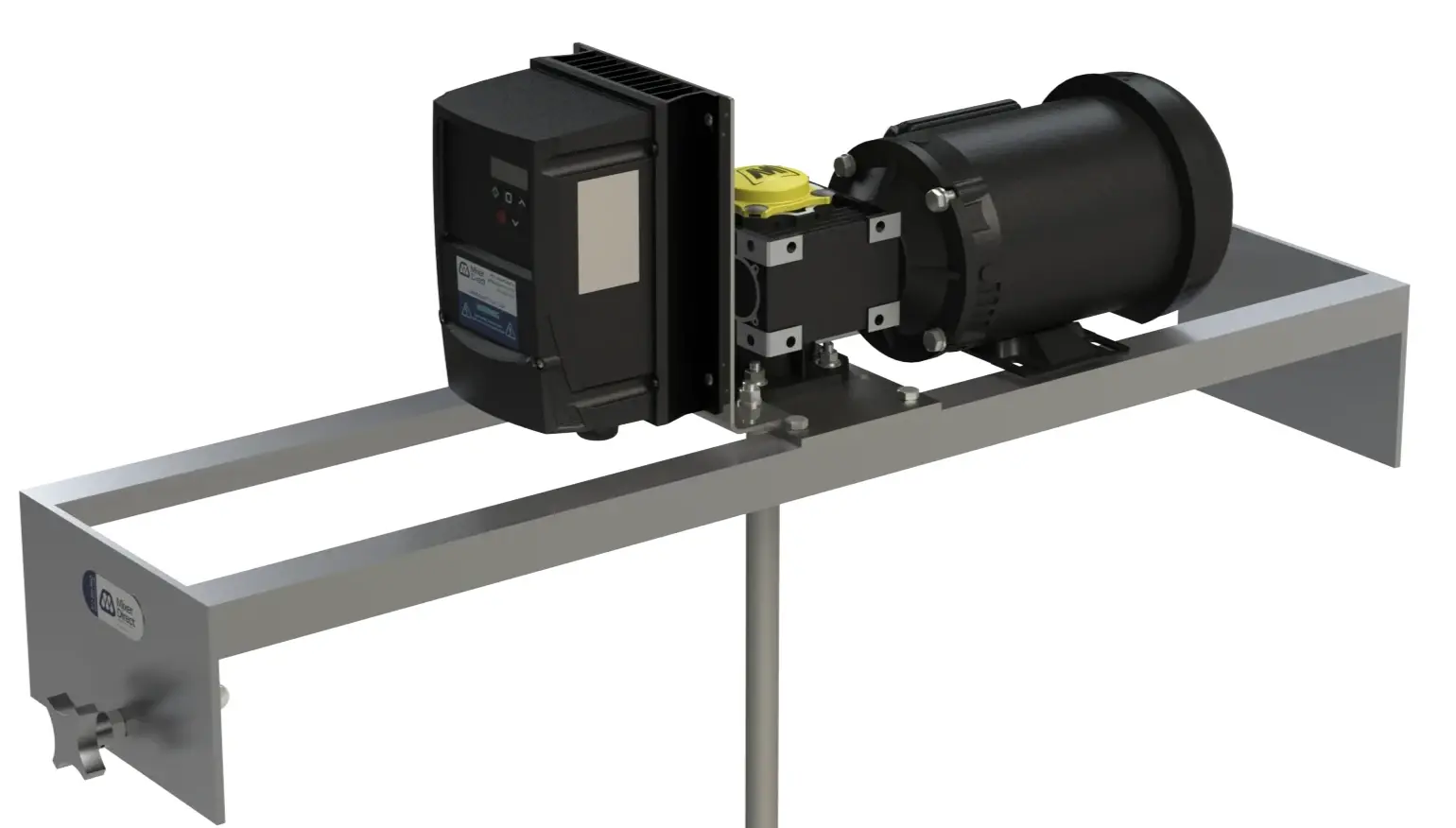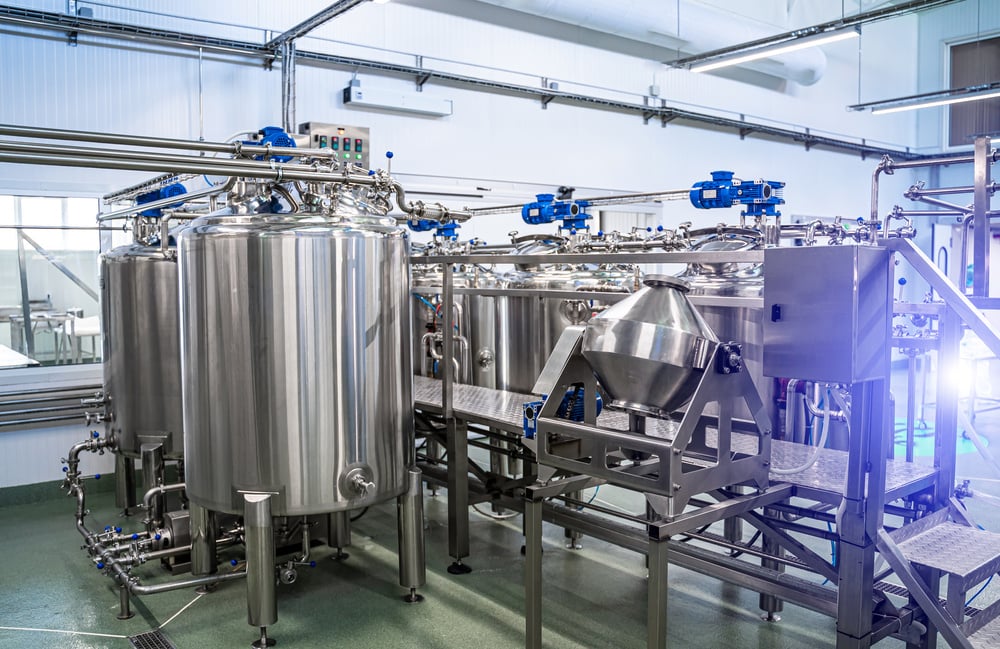Common Use Applications for Tote Agitators
If your process materials are delivered and stored in Intermediate Bulk Containers (IBCs), you've likely encountered common issues like product...
2 min read
MXD Process Jul 14, 2024 3:11:00 PM
Efficient liquid processing is vital across many industries, from food and beverage to pharmaceuticals and chemicals. One of the key components in achieving this efficiency is the stainless steel processing tank. In this post, we will explore the basics of these tanks and why their design is critical to ensuring efficient and effective liquid processing.
Stainless steel processing tanks are containers designed to store and process liquids in various industrial applications. Known for their durability and resistance to corrosion, these tanks are essential in industries where maintaining product purity and safety is paramount. Common uses include brewing, chemical manufacturing, dairy processing, and pharmaceutical production.
Stainless steel processing tanks offer several advantages:
The design of stainless steel processing tanks plays a crucial role in their efficiency and effectiveness:
Several key components contribute to the effectiveness of a stainless steel processing tank:
Choosing the right tank involves several considerations:
Case Study 1: Enhancing Dairy Processing Efficiency A dairy company improved its processing efficiency by switching to jacketed stainless steel tanks, allowing for better temperature control and faster processing times. This change resulted in higher product quality and reduced energy costs.
Case Study 2: Optimizing Pharmaceutical Production A pharmaceutical manufacturer faced challenges with contamination and inconsistent mixing. By implementing custom-designed stainless steel tanks with advanced agitation systems, they achieved uniform product quality and enhanced cleanliness, meeting stringent industry regulations.
To ensure the longevity and performance of stainless steel processing tanks, consider the following maintenance tips:
Stainless steel processing tanks are critical components in efficient liquid processing. Their design, customization, and maintenance play significant roles in ensuring high product quality and process efficiency. If you have any questions or need further assistance, please reach out to our team of experts. We're here to help you find the best solutions for your processing needs.

If your process materials are delivered and stored in Intermediate Bulk Containers (IBCs), you've likely encountered common issues like product...

Custom stainless steel tanks make a difference when dealing with industrial liquids in food and beverage, pharmaceuticals, or chemicals. These tanks...

As a rapidly growing industry, the cannabis sector needs to be able to keep up with customer demand. From cannabis-infused products to medical...